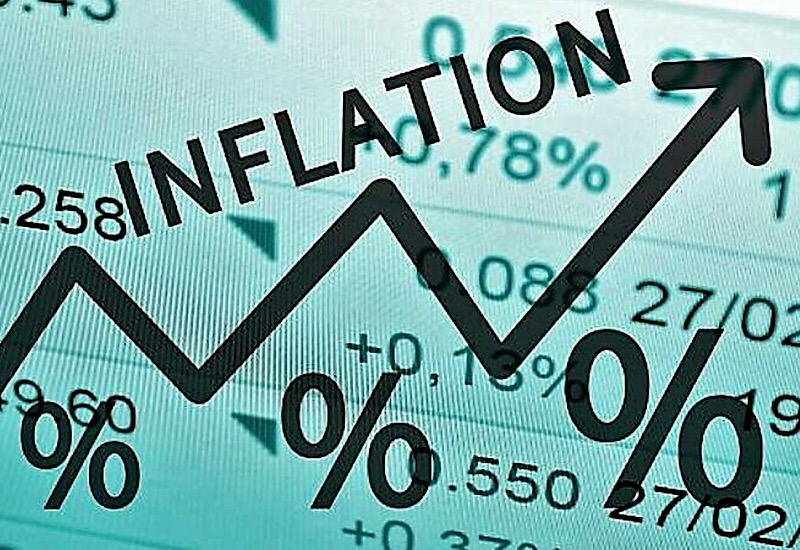Governments in the ASEAN area are adopting a series of targeted strategies to protect consumers from rising prices. Often effectively
The war in Ukraine is having an inevitable and strong impact on economies around the world. The side effects on the food chain, energy supplies and inflation are evident at different latitudes. Including Europe and Southeast Asia. In this case, perhaps European governments could draw some inspiration from the moves of Asian governments, which are taking a more focused approach than their Western counterparts to contain global inflationary pressure - a strategy that appears to be working, at least for now. While inflation remains a serious economic challenge in Asia, in many countries the measures taken have helped protect the public from some price hikes and have meant that most central banks in the region have not had to raise rates of interest as quickly as it has elsewhere. The various efforts have also shifted some of the cost burdens from consumers and small businesses to state budgets. Indonesia, a country with a history of financial volatility and price fluctuations, last week increased energy subsidies by $ 24 billion to contain energy costs, following the lifting of a controversial export ban on palm oil. Although the impact of rising prices continues to be felt particularly on small and medium-sized businesses, household demand remains strong and inflation is within the 2-4% range set by the central bank of Jakarta. Malaysia's heavy fuel and transportation subsidies likely reduced the country's inflation by about 1.5 percentage points, which was only 2.3% in April. In Thailand, headline inflation just exceeded the central bank's target of 1-3% and the head of the bank pledged to continue supporting the economic recovery. The burden of containing prices in Europe and the United States has been largely borne by monetary policy, with the central banks of the United States, United Kingdom and Canada now engaged in aggressive interest rate hike cycles. In Southeast Asia, however, most central banks have only recently begun a very cautious shift from extremely low interest rates, with an increase that should be more gradual than in the Occident.






